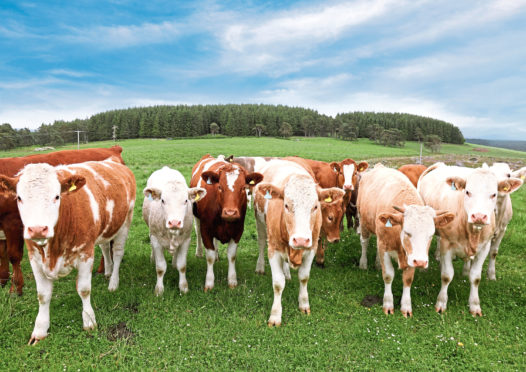More than two-thirds of Scottish farms would have made a loss last year without farm subsidy support.
The latest farm business income (FBI) figures from the Scottish Government reveal only 28% of farms made a profit without subsidies in 2018-19.
The figures also reveal around 30% of farms were not profitable without subsidy support in the past five years, and of these 2.5% were still unprofitable when subsidies were taken into account.
The average FBI for a commercial Scottish farm was £39,000 last year – up from £35,400 the year before – and support payments made up the bulk of this at £34,000.
“On average, Scottish farms rely on support to stay profitable,” said a Scottish Government report.
“However, there are large variations in profitability depending on farm type, agricultural systems and region.”
Dairy and arable farms were more profitable than beef and sheep enterprises, while farms in the east and north-east were more profitable than those in the Highlands and islands and southern Scotland.
NFU Scotland said the figures highlighted the industry’s reliance on support payments with 82% of the sector’s total profit coming from subsidies.
The union’s director of policy, Jonnie Hall, said a move away from the Common Agricultural Policy presented an opportunity to boost the industry’s fortunes.
He said: “With a realignment of how Scottish agriculture is supported, by shifting from blunt area-based payments to support for actions around both productivity and environment, there is real scope to improve performance across the board – regardless of farm type, farm size or location.”
